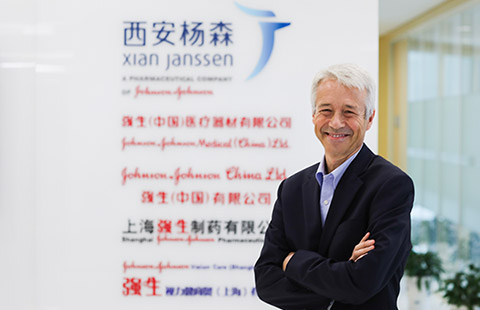After the liquidity crunch
As happened in the developed countries during the global financial crisis, amid the resulting uncertainty and confusion China's largest banks - which mostly tend to be net suppliers on the inter-bank market - appear to have held on more closely to their cash, accentuating the increase in interest rates.
What are the implications?
This episode has shown that the PBOC is serious about containing monetary aggregates and does not want to accommodate banks' attempts to test its policy stance. We think the PBOC's stance is in line with the government's overall stance, with senior leaders exhibiting little appetite for an easier macro stance. In fact, a statement issued after a meeting of the State Council, China's cabinet, on June 19 seemed to support the PBOC's stance. The statement called for "prudent monetary policy" and a "reasonable scale of monetary aggregates".
A June 23 statement of the PBOC after the monetary policy committee's quarterly meeting did not provide much relief. It reiterated the State Council's call last week for "prudent monetary policy and a "reasonable scale" of monetary aggregates. While it referred to the need to "fine-tune" monetary policy it made no explicit reference to the liquidity crunch or initiatives to alleviate it. Relief did come after the PBOC in a June 25 statement committed to ensuring sufficient overall liquidity and offering temporary liquidity to invidual banks if necessary.
The tighter financial conditions will affect the non-bank ("shadow banking") sphere, the less well-regulated part of the financial sector where lending has been rising rapidly recently and risks have built up. Indeed, containing non-bank lending and the associated risks seems to have been a key consideration in the firming up of the monetary stance.
Parts of the non-bank financial system may be particularly sensitive to tighter monetary conditions and regulation, and repayment risk in this sphere has increased. This is true in the case of banks (and other players) that relied on funding from the inter-bank market to fund investments in higher yielding securities or other investments or those that relied on funding from the inter-bank market to meet repayment obligations on wealth management products.
Thus, some default-type problems in this sphere are possible in the coming weeks, although we do not think the financial risks emanating from the non-bank financial system are large and systemic enough to overwhelm macroeconomic and financial stability in China.
This episode underscores issues with the current monetary policy framework. One key issue is the need for the authorities to communicate the policy stance more clearly and avoid, if possible, abrupt changes in the stance. While observers and some policymakers had raised concerns about non-bank credit in recent months, comments made by PBOC officials until recently appeared to be relatively sympathetic to non-bank lending and did not obviously signal an upcoming firming up of the stance.
Also, this episode suggests further steps in reform of the monetary policy framework may take time. The government would in principle like to adjust the monetary policy regime toward a larger role for the interest rate, away from the traditional emphasis on quantities. It had made progress in this area, including by relying more on open market operations for liquidity management rather than changes in reserve requirement ratios, and until recently inter-bank interest rate behavior had become smoother.
But the recent episode indicates that, at least for now, the quantitative aspects dominate in the end and that keeping inter-bank interest rates stable - a key element of an interest-based monetary policy - is not yet a policy target.
The author is the chief China economist at the Royal Bank of Scotland in Hong Kong.

























